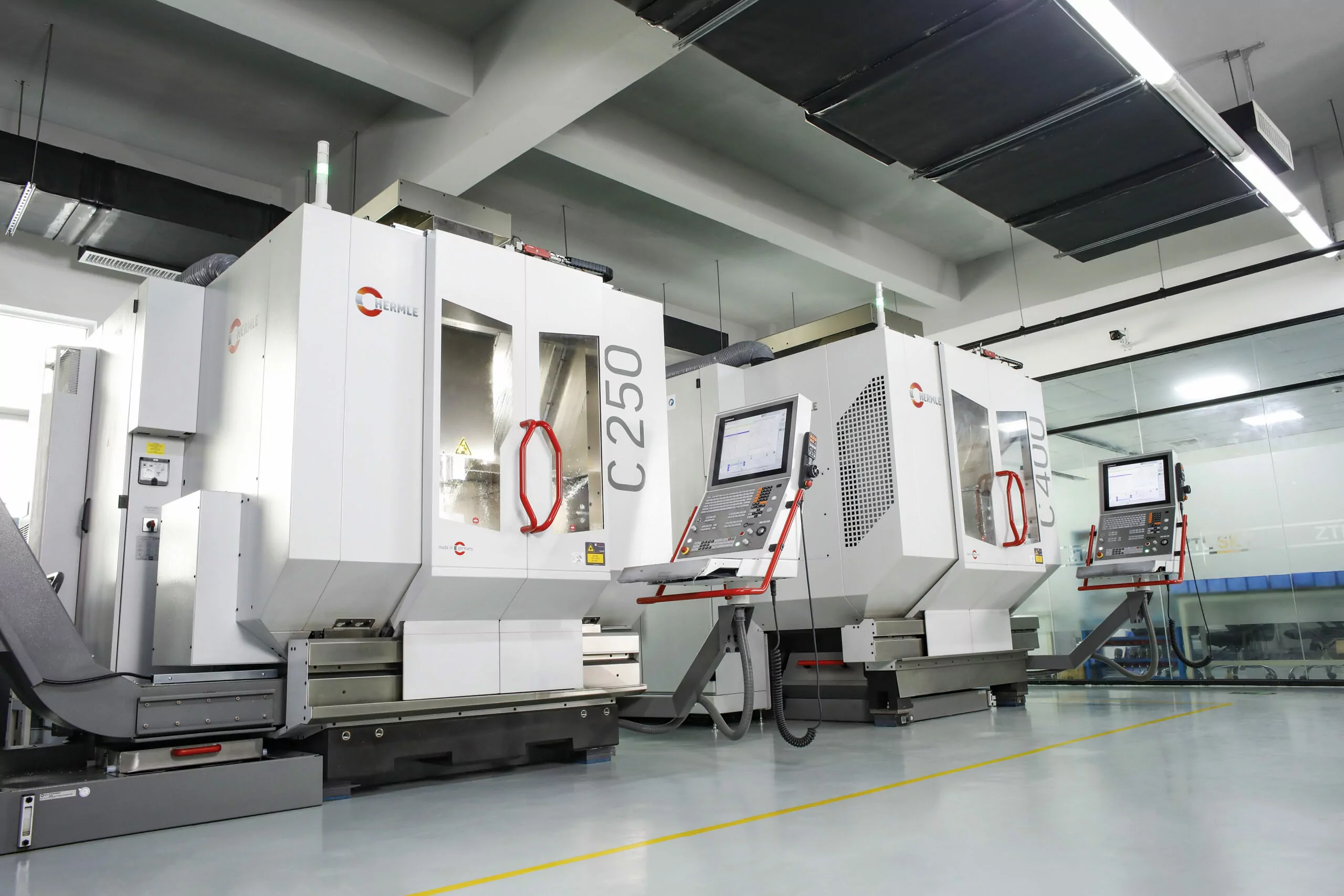The Evolution of CNC Machining in Manufacturing: A Look Inside the Factory
Cuerpo
Over the years, CNC machining has revolutionized the manufacturing industry, providing efficient and precise methods for producing a wide range of products. In this article, we will delve into the evolution of CNC machining in manufacturing and take a closer look inside the factory to understand the processes involved.

The Early Days of CNC Machining
In the early days, manufacturing processes heavily relied on manual labor and traditional machining techniques. However, with the advent of computer numerical control (CNC) technology, the manufacturing landscape underwent a significant transformation. CNC machining introduced automation and computer control to machining processes, enabling higher precision, repeatability, and efficiency.
Initially, CNC machines were limited in their capabilities and were primarily used for simple tasks such as drilling, milling, and turning. However, advancements in technology and the integration of sophisticated software have expanded the capabilities of CNC machines, allowing for complex operations such as 3D machining, multi-axis milling, and high-speed machining.
The Advantages of CNC Machining
CNC machining offers numerous advantages over traditional machining methods. One of the key benefits is the high level of precision that can be achieved. CNC machines can execute operations with incredible accuracy, ensuring consistent quality and reducing the margin of error. This precision is particularly crucial in industries such as aerospace and medical, where even the slightest deviation can have significant consequences.
Another advantage of CNC machining is its efficiency. Once the program is set up, CNC machines can operate continuously, reducing downtime and increasing productivity. Additionally, CNC machines can perform complex operations that would be challenging or impossible to achieve manually. This capability allows manufacturers to produce intricate and customized parts with ease.
The Role of Automation in CNC Machining
Automation plays a vital role in CNC machining, enabling manufacturers to streamline their production processes and improve overall efficiency. With the integration of robotics and automated systems, CNC machines can perform tasks such as tool changing, material handling, and quality inspection autonomously.
Automation not only reduces the need for manual labor but also enhances safety in the factory environment. By automating repetitive and potentially hazardous tasks, manufacturers can minimize the risk of accidents and create a safer working environment for their employees.
The Future of CNC Machining
The evolution of CNC machining is far from over. As technology continues to advance, we can expect further improvements in precision, speed, and versatility. One area of development is the integration of artificial intelligence (AI) and machine learning algorithms into CNC machines.
AI-powered CNC machines have the potential to optimize machining processes by analyzing data, predicting tool wear, and making real-time adjustments. This level of intelligence can lead to even greater efficiency, reduced waste, and improved overall performance.
Furthermore, the rise of additive manufacturing, also known as 3D printing, is expected to have a significant impact on CNC machining. The combination of CNC machining and 3D printing technologies can offer new possibilities in terms of design freedom, material utilization, and rapid prototyping.
In conclusion, the evolution of CNC machining has revolutionized the manufacturing industry, providing precise, efficient, and versatile methods for producing a wide range of products. With advancements in technology and the integration of automation, CNC machining continues to evolve, paving the way for a future of even greater possibilities.










Comentarios